Dear Reader (2020-09-27),
Friday September 11, 2020 – Karst Spring Trail < 10 k – out and back – with Liz +
Let’s just say you were staying at Boulton, Canyon, or any other campground near the Kananaskis Lakes. Furthermore, let’s just say you were new to hiking and wanted an easy and rewarding hike to make you feel good about the whole walking in the woods thing. If this has your attention, then I have a trail for you. Today though, I’m not camping, and so it took about 2 and a quarter hours to drive from Rundle in Calgary’s North East to the trailhead, which is at the Mount Shark Day Use Facility. The parking lot is over 5k along a narrow dirt road off of the Smith-Dorian, a wide gravel road. Before I get to the parking lot, I pass a helicopter pad. I am curious. The parking lot has a surprisingly large number of vehicles, and it is not even 08:30. I am even more curious. Besides a sign for our trail there are multiple signs for various biathlon circuits. For those who love the sport, I am sure it makes sense. I have always found it one of the odder traditional winter Olympic sports.
The trail from the parking lot is a flat easy stroll along an old wide exploration road. We pass a pond (01), which has thin films of ice from the previous night. We pass 3 spruce grouse. The grouse have learned their people skills from marmots – go away, and I don’t give a damn whether you are here or not. After about 4 k, we arrive at a fork in the trail. A longer trail goes off to the right. We take the trail to the left. It takes us to the edge of the lovely Watridge Lake (02) . I think about returning for a sunrise and a dawn.
A long set of half-cut logs form what Liz calls “The Bog Bridge”. The segments zig-zag to the start of a gradual incline that ends at the spring’s outflow, which is start of the stream. Very little light makes its way through the forest to the stream (03-05). The moss is thick, green and lush (06-08). At the head of the stream (09 phone camera), there is no sense it is the source for such a large volume and constant source of water. On the return trip we name a mountain Jumping Fish mountain based on the oval of last year’s snow, which looks like an eye. Another mountain is named Mount Leopard. The skiff of last night’s snow on its slopes, resembles leopard spots. The films of ice have melted.
Later that day, I consult the Google, and discover that the trail to Watridge Lake is the first stage of one of two major routes to Assiniboine Lodge. In summer it is a long day’s walk to the lodge. Most people take 2 days. In winter, people cross-country ski to the lodge. The other option is to fly in by helicopter. I’m thinking I should walk in maybe next year, April can fly into the Lodge, and we can spend 4/5 nights there – it’s only a lottery win away 😊.
As always all comments are welcome and sought.
Cheers, Sean
Appendix – Plaque at the outflow of the karst springs
This creek springs from a system of passageways
buried in the layered limestone of this mountain
Rainwater and snowmelt seep into tiny cracks and fissures in limestone and dissolve it. When the water finds an outlet, streams begin to now underground. As speed and volume grow, water erodes the fissures into larger passages, smashing the tunnel walls with rock debris and smoothing them with abrasive rock particles. This system of underground passages is called karst, named tor an area in Yugoslavia (me: So the plaque sign pre-dates 1992) where these are common.
On the mountainside above you, water enters the Watridge karst system and tumbles through many passages to the surging outlet in front of you. The only known section of this karst system is what you now see – a creek that looks like it flows from rock.
All rights for all material on any media reserved – © Sean P Drysdale 2020-2024

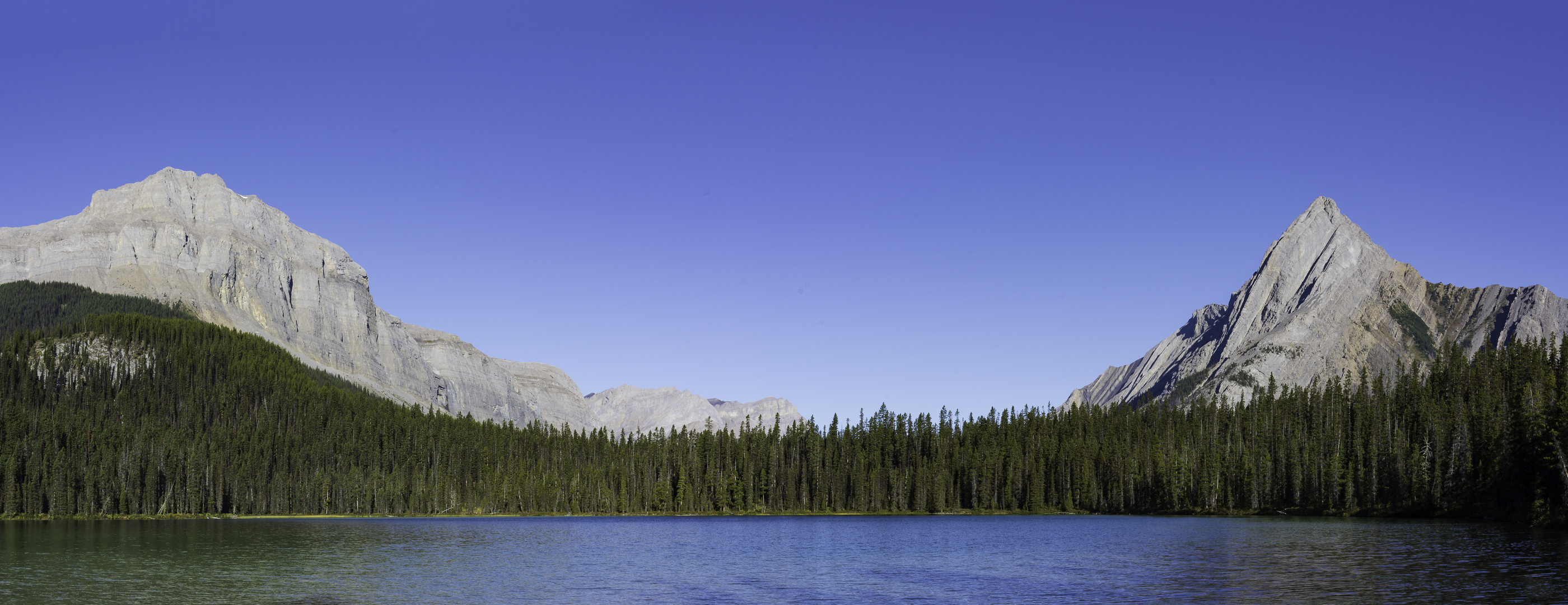
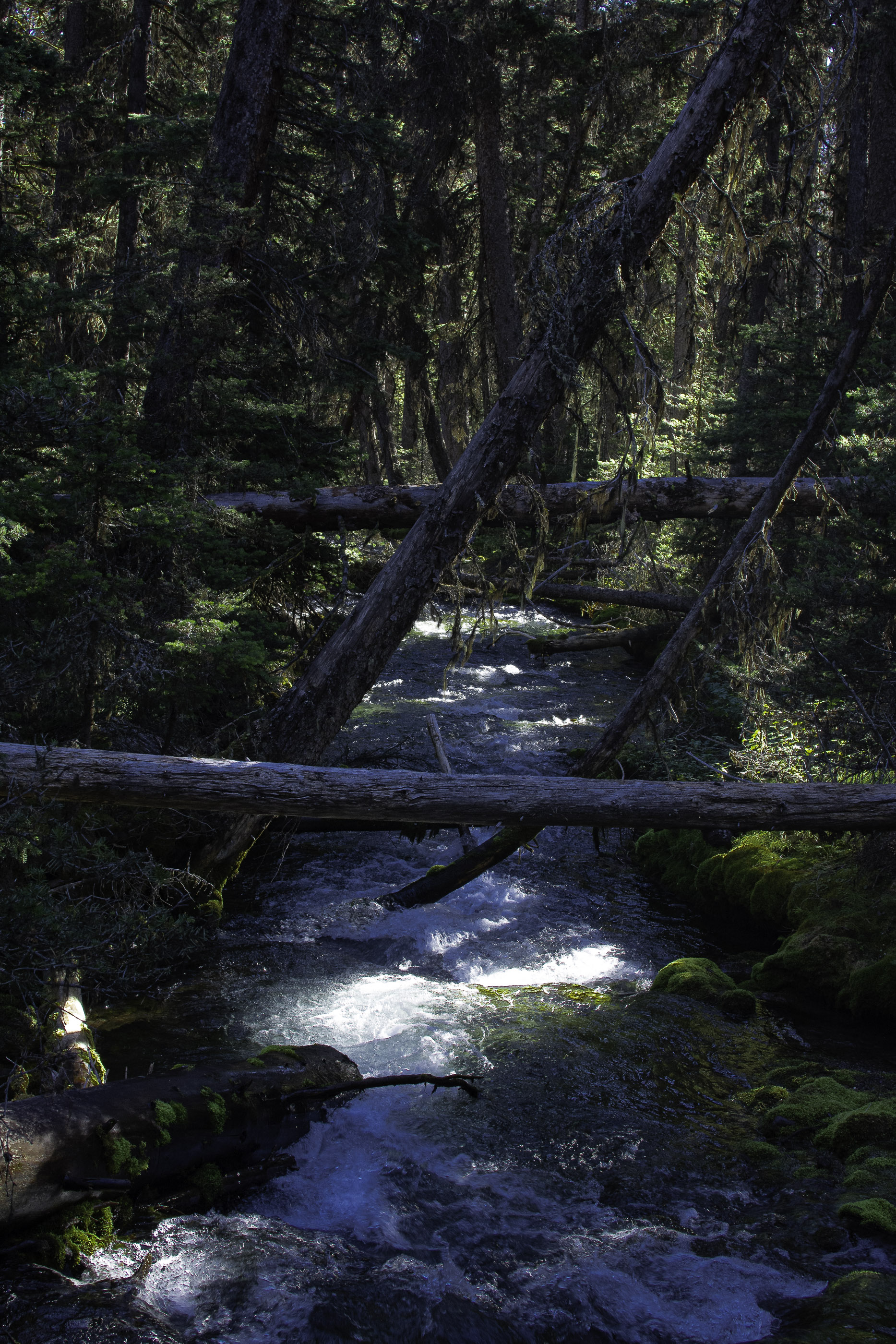
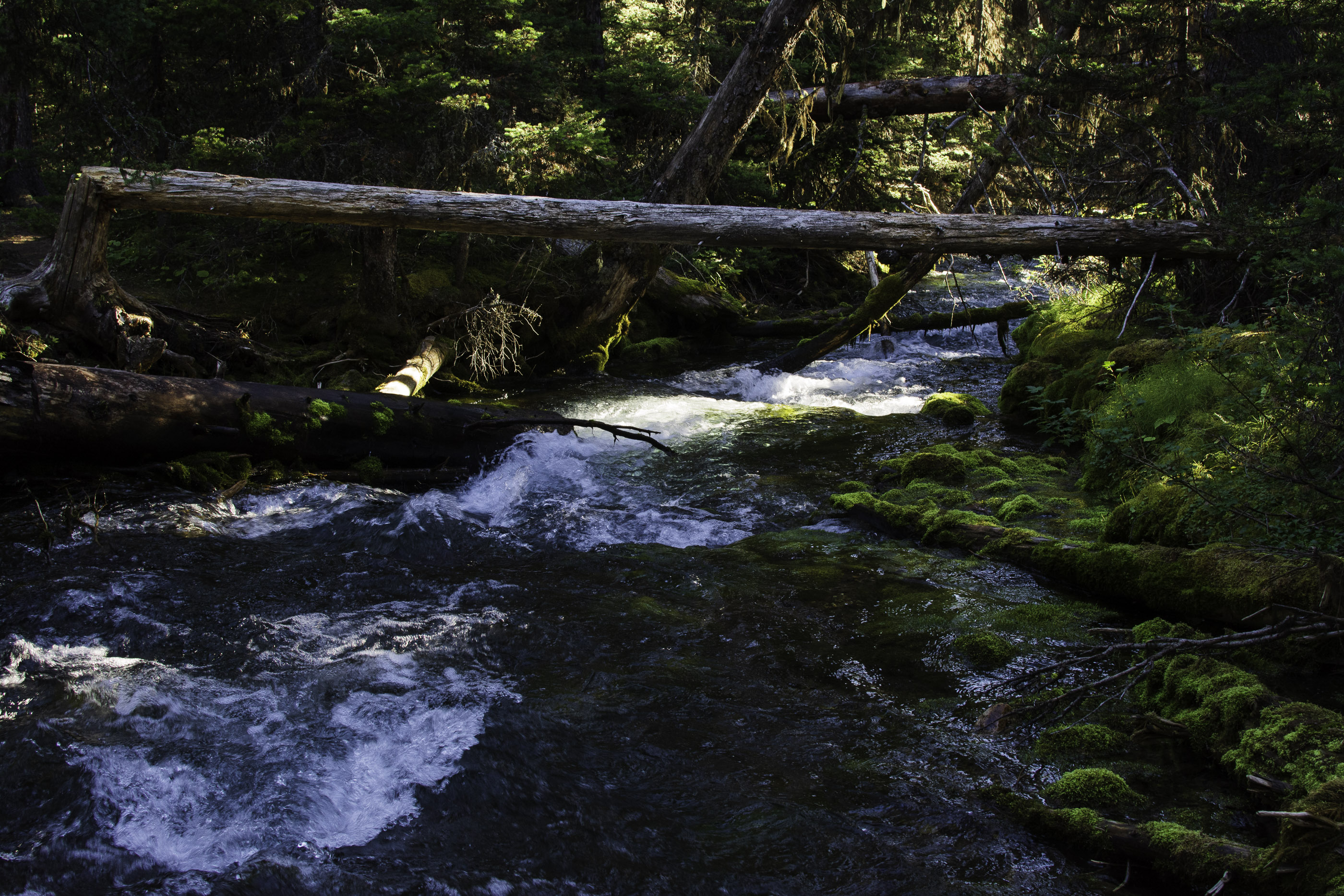
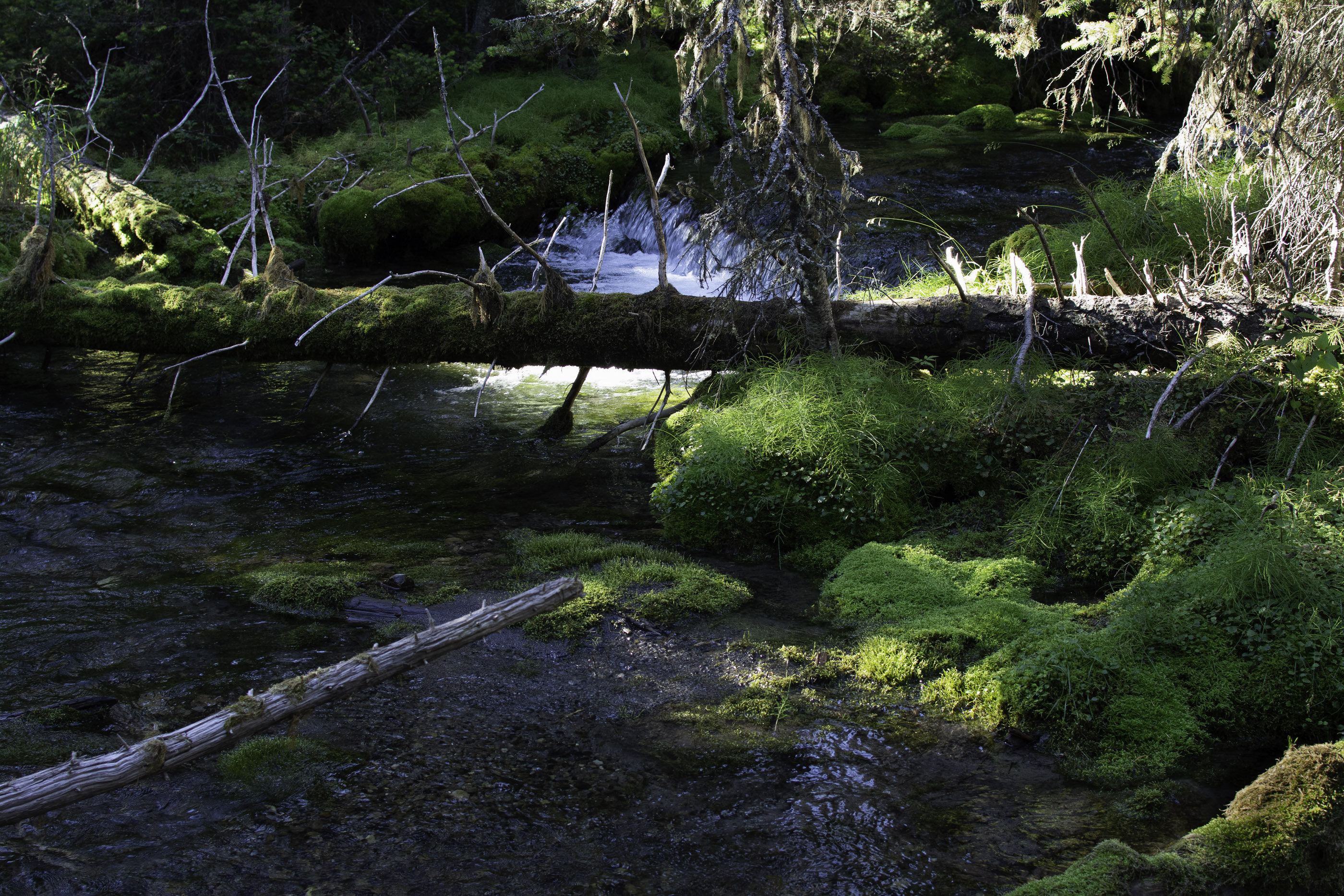
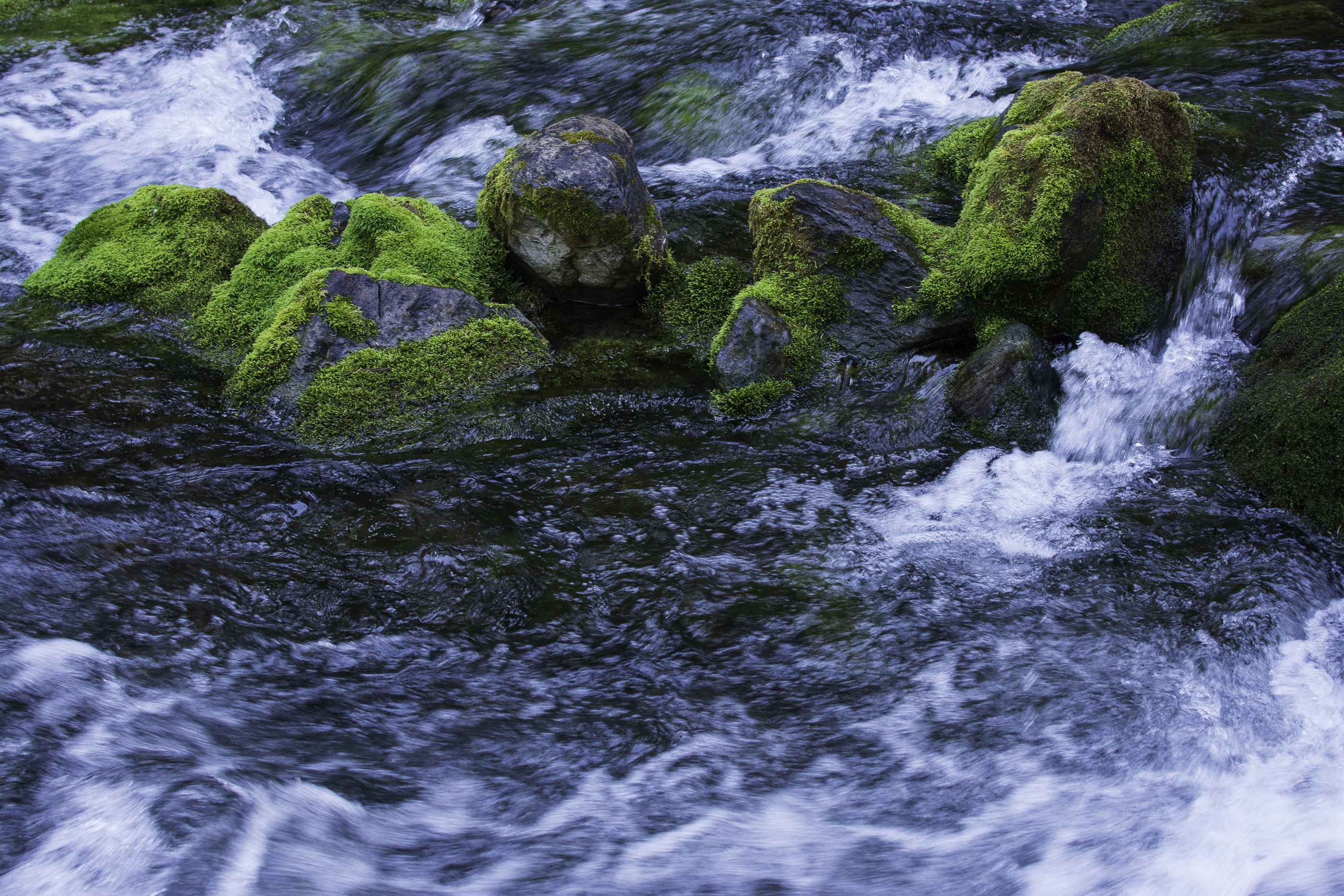

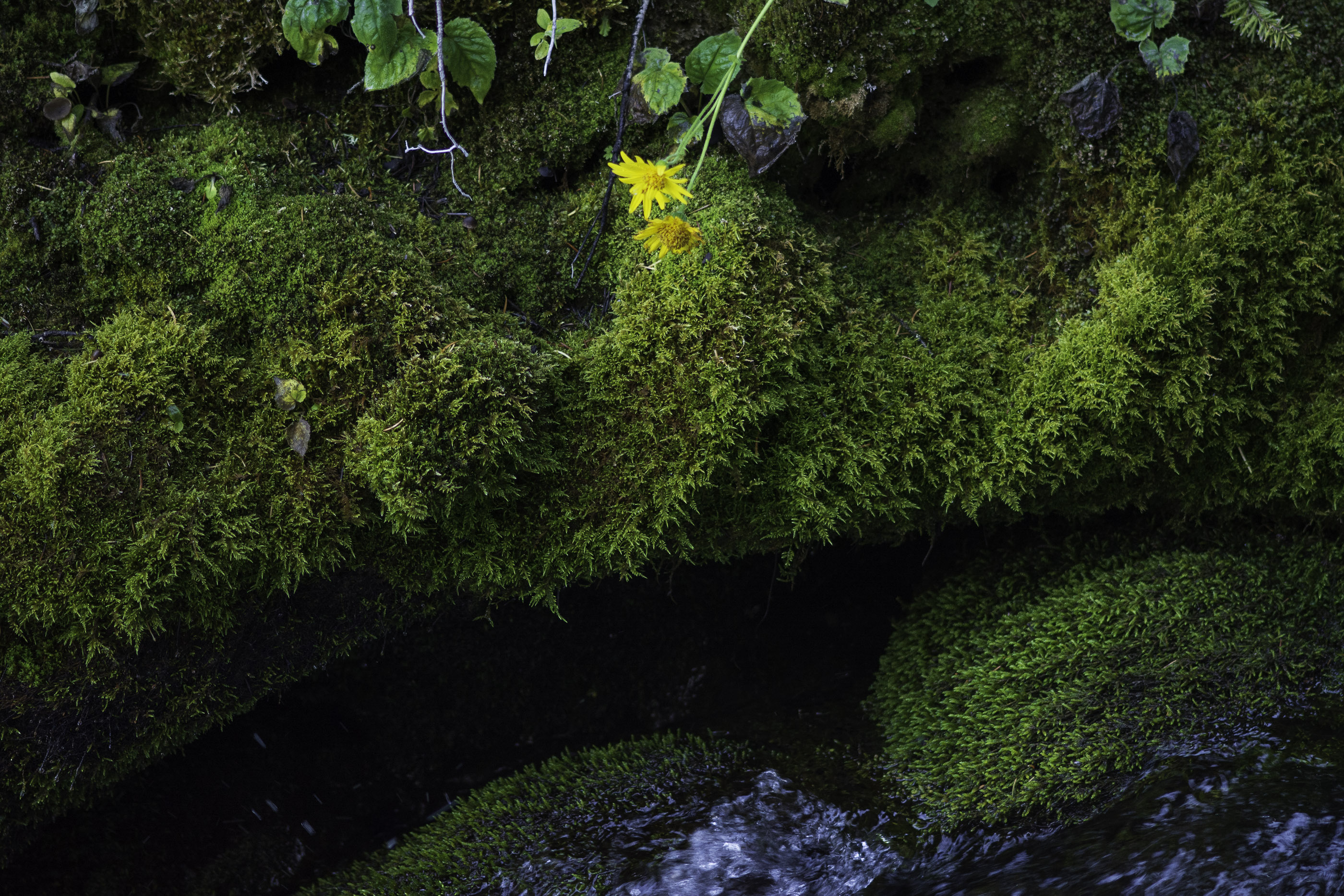
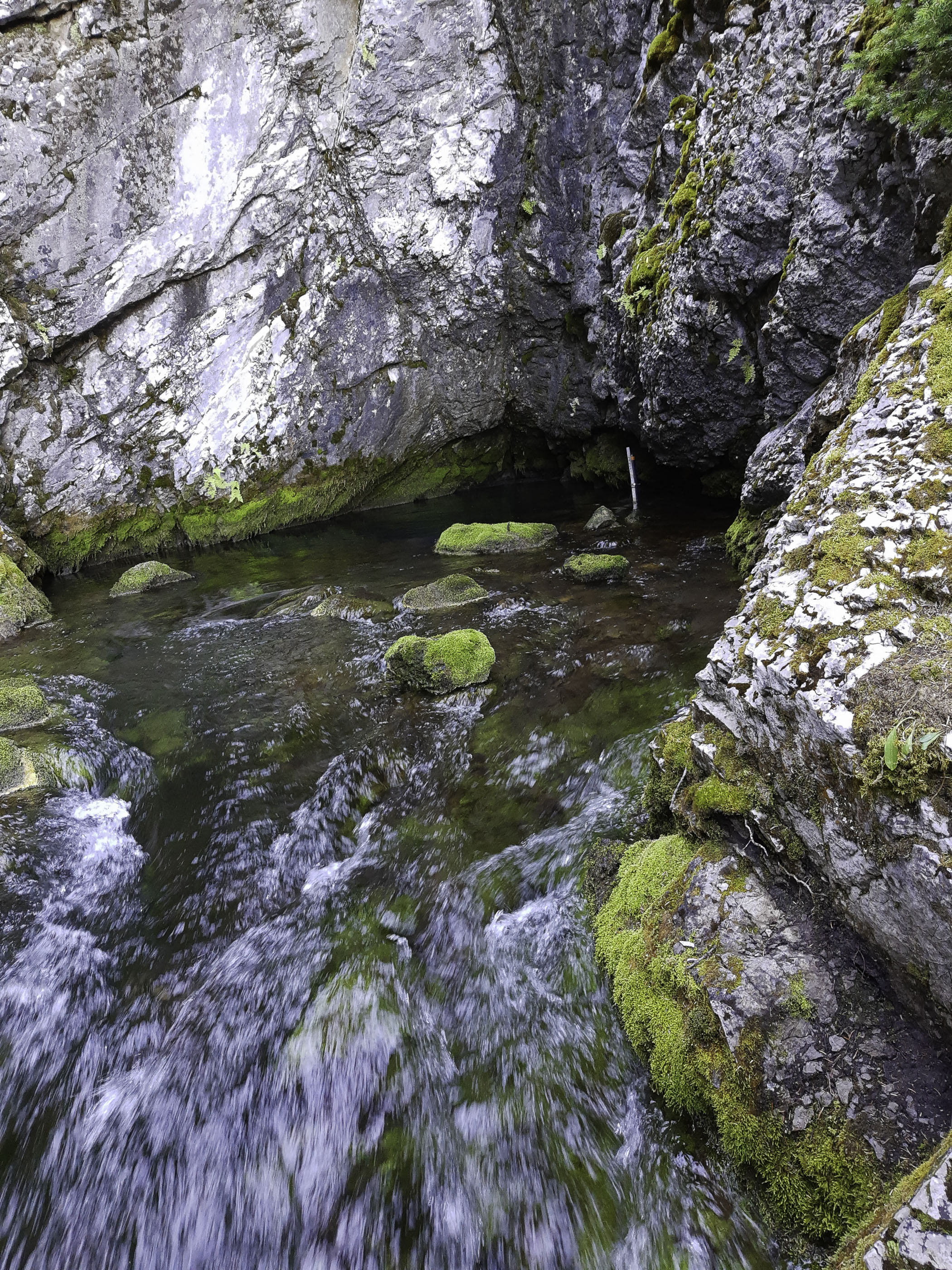
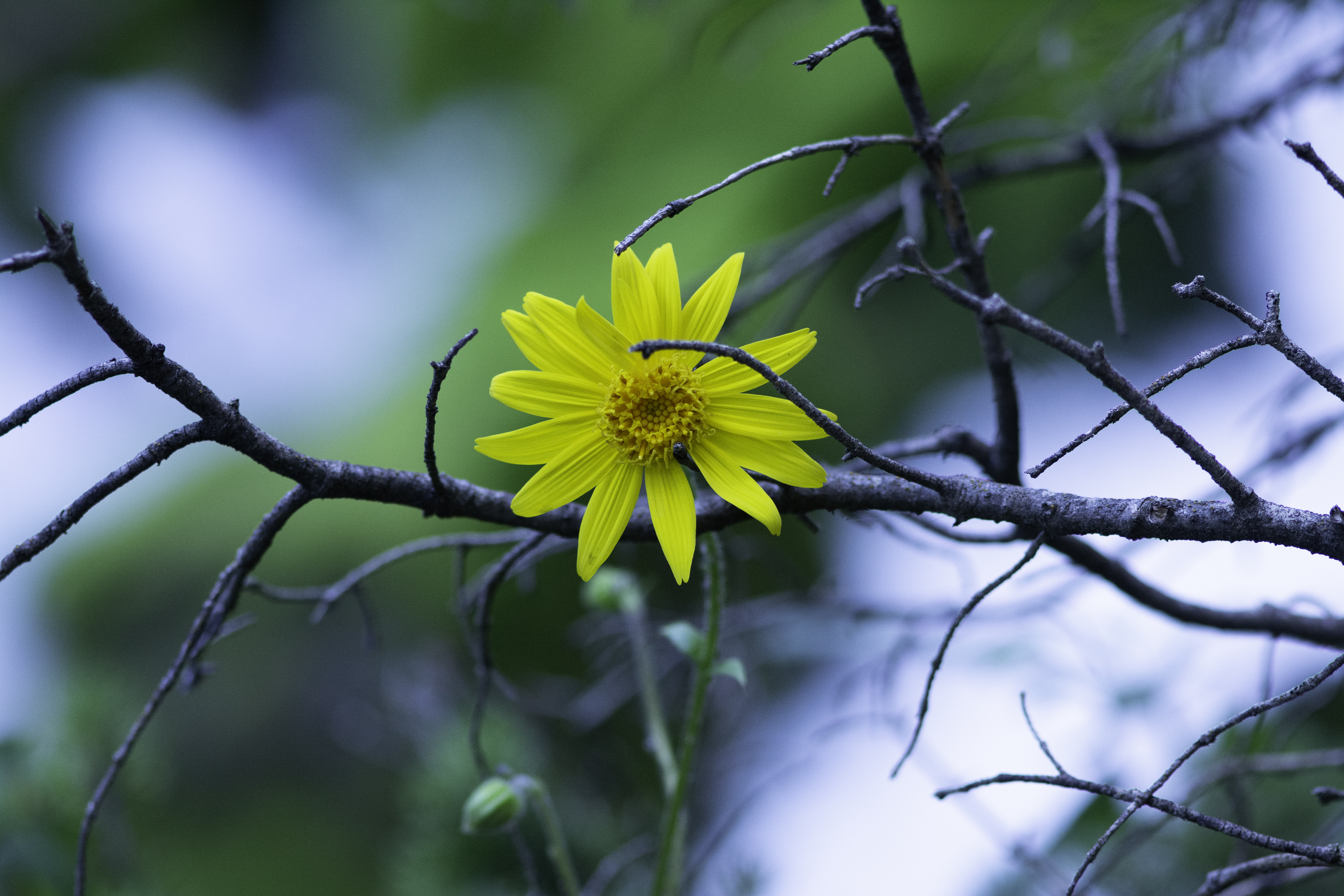

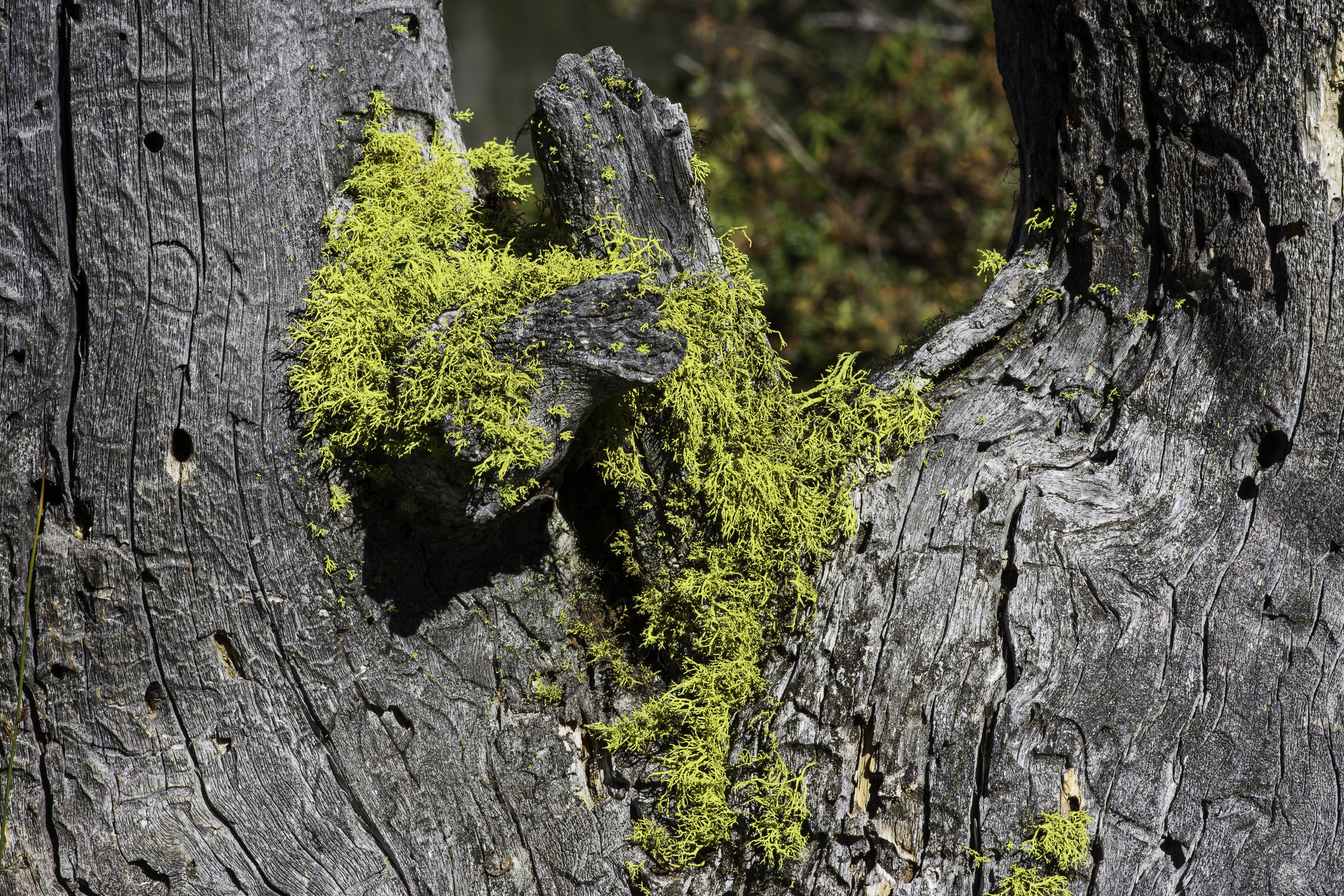
The Karst makes a spectacular display in winter, the deepest darkest time…whether by foot or sometimes better by snowshoe. PS. I’ll walk with you to Assiniboine. We will have to camp. It’s a haul, -27 km one way, but a place where you’d find photo ecstasy!!!
Thank you Alan for visiting and commenting. Funny you mentioned the Karst in winter. I was lying in bed this morning thinking that the trail could work well as a beginner’s snowshoe trail for me. OK, I’ll walk with you to Assiniboine next year, depending on our next year’s travel plans, which in turn hinge on what is accessible.
You’ve been busy too!
1-A lovely reflection! Lots to look at while navigating the upside down image. I like how the texture of the lake bottom almost becomes the surface texture.
3, 4-I’ve tried these framing shots several times, and have had no luck with the camera seeing what my eyes see. We talked about that a bit on our last walk in Fish Creek. That one I tried then? It didn’t work out. I think the contrasting light here is what makes it work for you. I think.
5-I am not sure what I think of this. There are many elements that I like, the brilliant greens, the interplay of light on the greens, fallen mossy logs, running water, leading lines. But it doesn’t quite pull together. I found myself looking hard at the place where all the lines go, and there’s nothing in that natural chair. I found myself imagining possibilities, a ginormous dragonfly, a pretty model, a photogenic rock.
6-Rocks and water and moss, very satisfying.
7-My eyes went back and forth here. I was expecting the mossy rock in the waterfall to be the focus subject. I’m not normally a fan of the mini-lego-man shots, but I was thinking having a little mini figure surveying the waterfall would be incongruously interesting.
8-Nicely composed, but it takes a minute to realize it. Or took me a minute. My eyes went to the yellow flower first, naturally enough, but then explored outward.
9. I like the leading lines leading to the rock textures. I’m always happy roaming around rock textures.
10-Again, there’s more than a pretty yellow flower to look at.
12-As always, loving the distressed wood. Having some moss or lichen on it just adds to the interest. There is great potential for a micro-landscape shot.
Thank you as always Keith for visiting and commenting.
~ 1 PS some of that texture in the water is actually thin films of ice
~ 3,4 One of things I have started doing is to think of light more intently. Given the camera wants to flatten the scene it is up to us to add depth back into the image through what is still called dodging and burning. So I have started to consciously and I hope transparently to emphasize light and shadow by using the adjustment brush. The original images had good bones but their flesh needed some touch-ups. Let me know if you would like to see the before and afters.